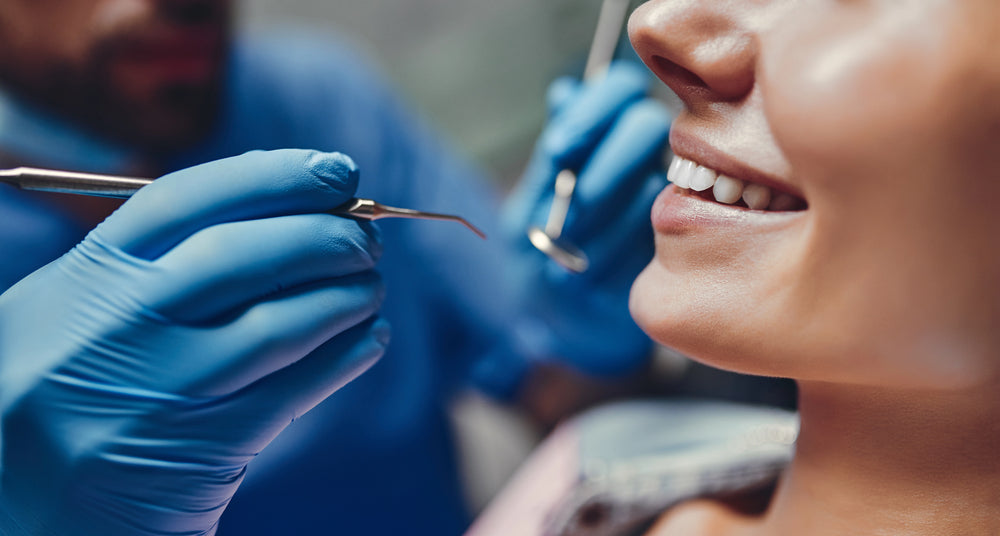
What Is Keratinized Tissue And Why Is It Important In Dental Implants
|
Time to read 5 min
Published on
|
Time to read 5 min
If you're looking to improve the appearance of your smile, dental implants offer a solution to keep your teeth in good condition. They provide both functional and cosmetic advantages. However, for a dental implant to be successful, it requires a solid foundation, which includes sufficient bone density and healthy gum tissue. One crucial component in supporting both natural and prosthetic teeth is keratinized tissue.
Discover more about what is keratinized tissue, why is it important in dental implants, and how it contributes to the overall health of a dental implant .
Keratinized dental tissue refers to the specialized type of gum tissue that surrounds and protects the teeth and dental implants. It is characterized by its firm texture and pale pink color. This tissue contains keratin, a protein that provides strength and resilience. Keratinized tissue is usually found in the Gingiva , which is part of the gum that covers the dental bone and surrounds the teeth and dental implants.
Healthy keratinized tissue feels firm to the touch and has a color that varies from pink to brown, depending on an individual's skin tone. Its strength and durability contribute significantly to maintaining healthy teeth and supporting dental implants.
When it comes to dental implants, the presence of adequate keratinized tissue is crucial. This tissue provides support not only for your natural teeth but also for the prosthetic replacement tooth in the case of an implant. Several key reasons highlight the importance of keratinized tissue in dental implants:
While keratinized tissue offers various benefits in supporting dental implants, it's important to understand the differences between keratinized and non-keratinized oral tissues.
Keratinized tissue significantly impacts the success and longevity of dental implants. A study published in the Journal of Cosmetic Dentistry found that preserving or reconstructing the gum tissue at the implant site can lead to improved aesthetics and better control of plaque buildup around the implant. Dentists may differ in their opinions on the exact amount of keratinized tissue required, but its presence is vital for effective implant placement.
If you have insufficient gum tissue for a successful dental implant, your dental professional may suggest several options to increase the amount of keratinized tissue. These procedures include:
Proper care and maintenance of keratinized tissue before, during, and after the implant procedure are essential for long-term success and improved oral health.
Effective bad breath remedies include:
Gentle and regular scraping of the tongue
Regular oral care practices such as daily brushing and flossing
Professional deep cleanings and plaque removal
The ongoing use of oral probiotics.
One, the probiotics compete with the existing bad bacteria and reduce their presence by “crowding them out”
Two, the probiotics produce BLIS or “bacteriocin-like-inhibitory-substances” which is a technical way of stating that one probiotic strain (bacteria) can produce a substance that inhibits or kills off other bacteria. Three, by working to control gingivitis, gum disease and tooth decay these probiotics reduce the very sources of bacteria-generated odors in the mouth.
Studies have shown a clear reduction in plaque levels and gingivitis symptoms when oral probiotics were administered to patients with moderate to severe gingivitis.